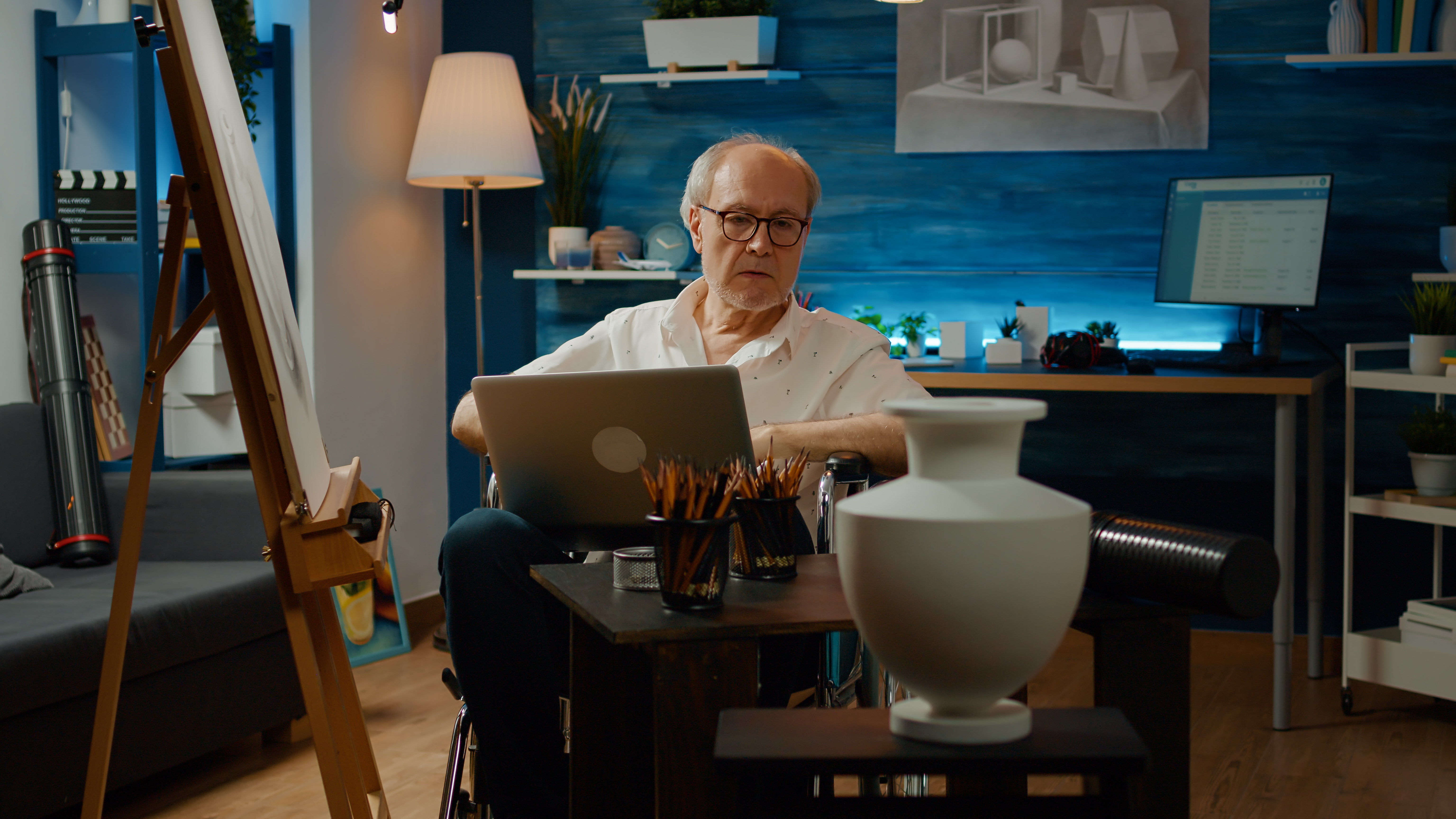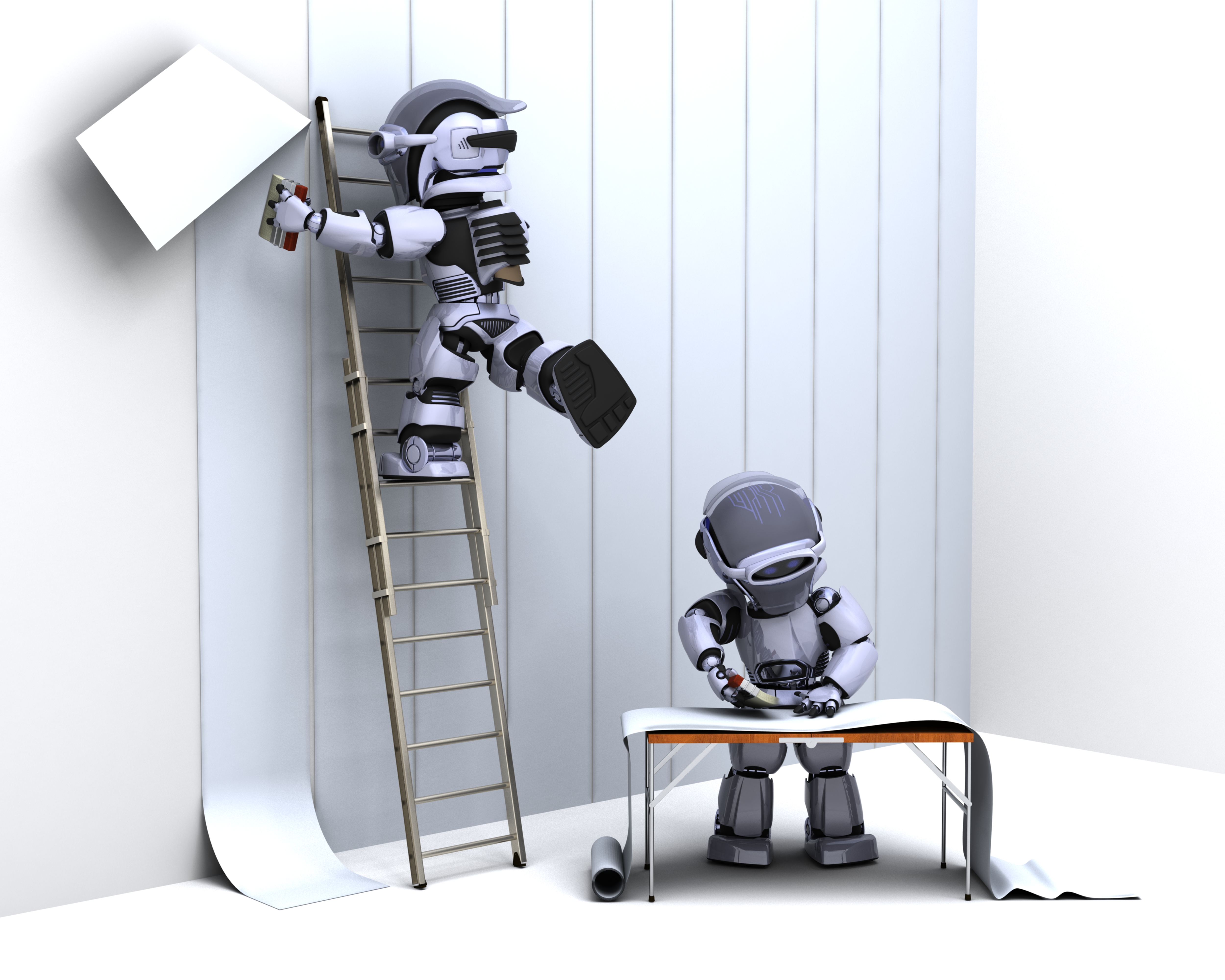MANILA, Philippines – In a provocative statement that resonates globally and sparks debate across Philippine architectural circles, legendary high-tech pioneer Norman Foster has asserted that architects don’t need AI to design buildings. This strong position comes from an architect whose firm, Foster + Partners, is synonymous with technological sophistication and is currently designing major projects in the country, including the new BDO head office in Makati. The statement challenges the pervasive local narrative that Artificial Intelligence is quickly becoming indispensable for creative work.
Foster, whose career spans over six decades of boundary-pushing design—from London’s Gherkin to Apple Park—is not against digital tools. His firm has always been at the vanguard of using advanced technology for analysis and optimization. However, he draws a clear distinction: AI is a powerful tool for amplification, not a substitute for the fundamental human act of design. The core argument is that while AI excels at crunching data, identifying patterns, and streamlining workflows, it fundamentally lacks the empathy, cultural intuition, and critical judgment required to create meaningful architecture.

Foster’s comments land amid a growing reliance on AI-powered systems within the Philippine building industry, particularly in the construction and engineering sectors. As of 2025, local firms are actively adopting AI-driven platforms for project management and efficiency. For many Filipino architects grappling with the complex demands of rapidly developing urban environments, extreme weather conditions, and high-volume projects, generative design and AI optimization are viewed as essential for speeding up processes, reducing errors, and designing for better sustainability.

However, the local conversation often echoes Foster’s caution regarding the creative core of the profession. A key concern, highlighted in recent studies on local architecture students, is the potential for AI to negatively impact future employment and the incorporation of creative aspects in design. Filipino architects often emphasize design that is deeply rooted in local culture, climate-resilient practices, and community needs—qualities that many feel require a human touch to authentically interpret.
For Foster, great architecture transcends mere technical perfection or efficiency. It is an artistic and cultural endeavor that speaks to resilience, environmental intelligence, and human dignity. This vision demands that the architect assume the role of a synthesizer, integrating diverse and often conflicting human needs, site constraints, and aesthetic goals into a beautiful, coherent whole. This creative synthesis is a process that algorithms, despite their complexity, cannot replicate.
By defining AI as a means to amplify human intelligence, rather than automate it entirely, Foster suggests that the architect’s value proposition in the 21st century is not threatened, but rather re-framed. The architect is freed from repetitive tasks to focus on the truly important work: solving human problems, innovating conceptually, and lending a voice to the communities their buildings serve. This perspective assures emerging Filipino architects that while technology evolves rapidly, the irreplaceable qualities of human creativity and artistic vision remain the ultimate non-negotiable in shaping the future skyline of the Philippines.
With additional report: France24.com







